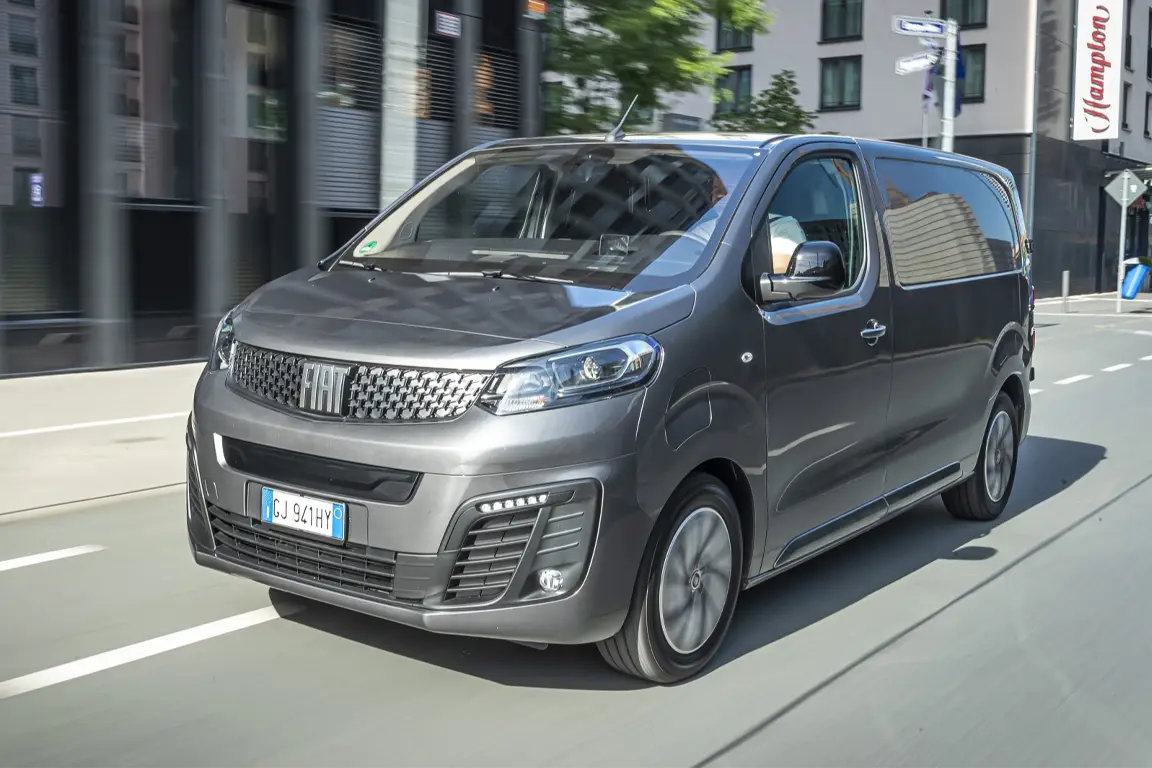
Chat with us
Our specialist team are available to help

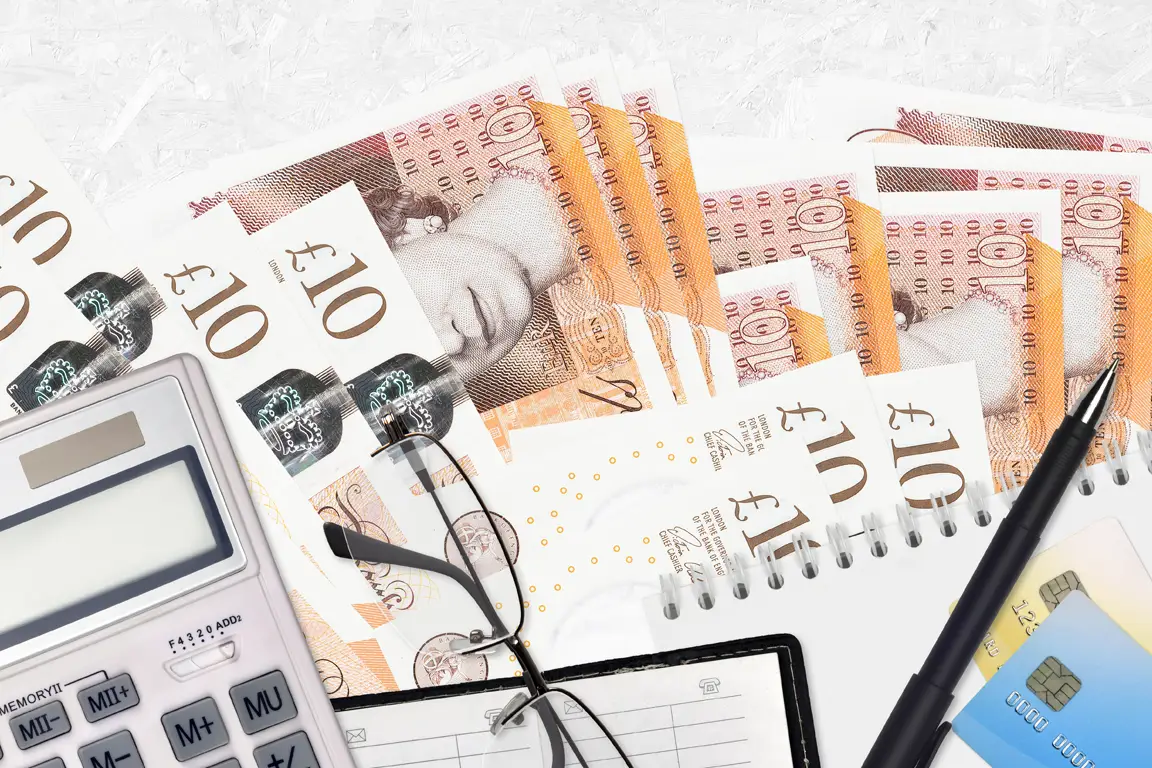
Once you have chosen your new van, you'll next need to consider how you are going to pay for it.
While it is possible to pay the full cost of the van upfront, a finance option is a cost-effective and convenient way to driving a new van via monthly rental payments rather than making a large lump sum payment.
By leasing a van with Vansdirect, you'll have a wide selection of brand-new vans to choose from across all major manufacturers, including small vans, medium vans, large vans, pick-up trucks, crew vans, Luton vans and conversion vans.
Once you have selected the van you want, you can arrange a leasing agreement that enables you to pay a fixed monthly fee while driving your new van. You can adjust the size of the monthly payments depending on the length of the lease with longer terms reducing the monthly cost.
Vansdirect offers Hire Purchase, Contract Hire and Van Fleet Leasing, allowing you to tailor your payments to help your business needs.
Want the full workflow? See How Van Leasing Works and what happens at the end of a lease.
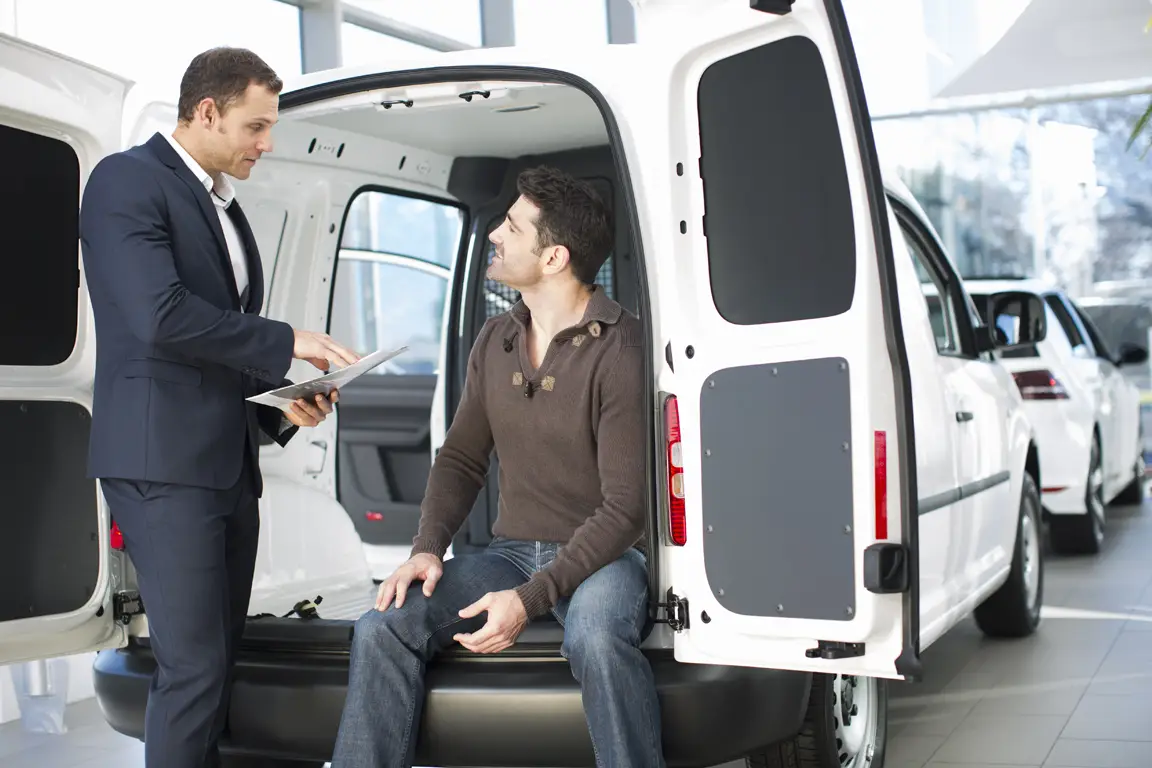
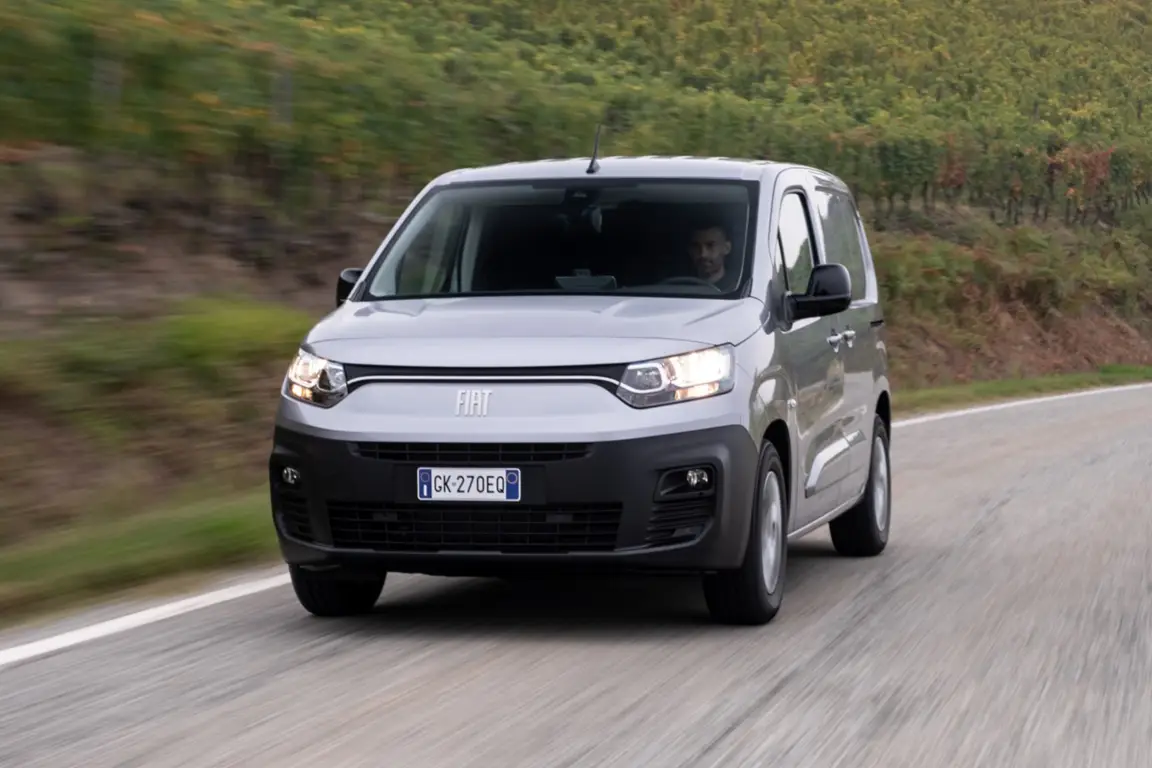
It is a legal stipulation that you insure your van once you receive it. Failing to do so will earn you a fine of £300 and six penalty points on your licence.
Police have several ways to check whether a van has been insured if you are driving it on the road, including ANPR cameras and random spot-checks.
The cost of your van insurance will vary depending on various factors, including your age, driving history, your home address and where you keep your van overnight.
It will also make a difference if you state that your van will be used for personal or business use.
It is possible to keep your insurance premiums lower if you keep your van in a locked parking area, a garage or on a driveway - compared to on-street parking - while it will be cheaper if you have no points on your licence than if you do.
It is recommended that you shop around for van insurance quotes, both for when you take delivery of your van and in the period before it renews annually, as it can save you significant money.
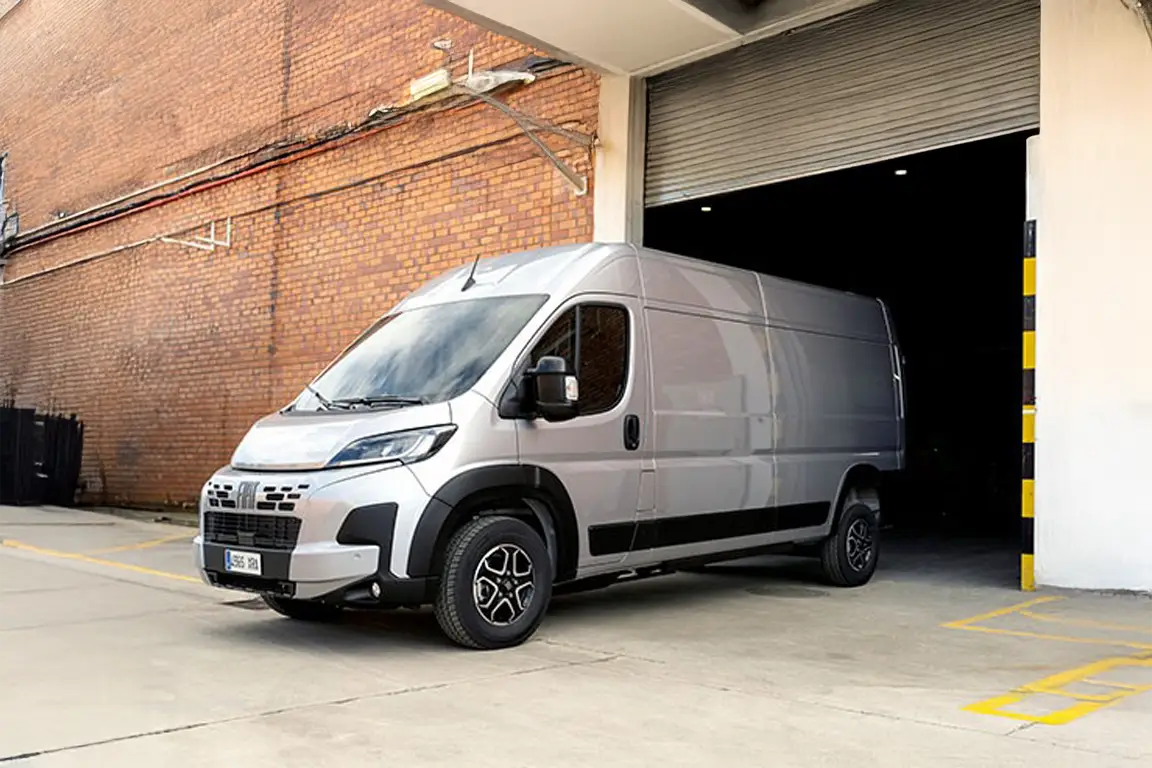
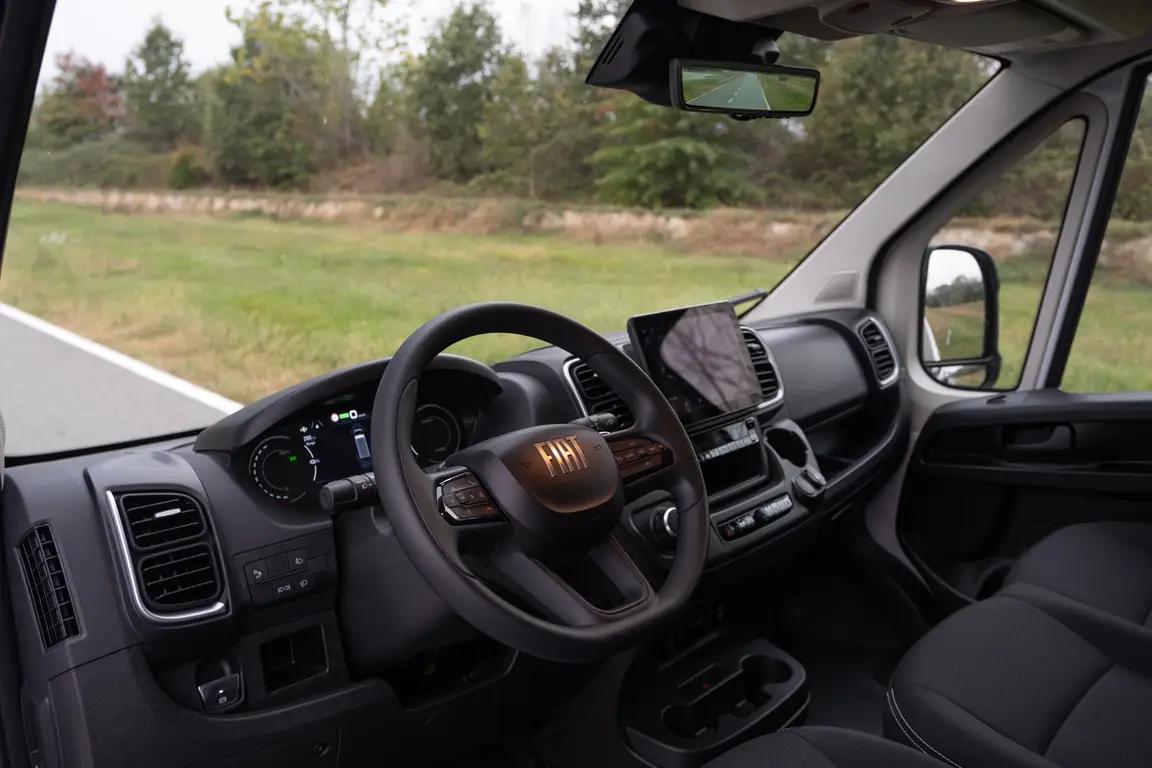
Tax is also a legal requirement to drive your van on public roads and rates will vary across vans, including whether you will be using one for business or personal use.
Commercial van drivers are required to pay the Van Benefit Charge, or Benefit-in-Kind (BiK) tax
You only pay a portion of this charge as it depends on how much percentage of tax you're supposed to pay.
For personal use vans, the tax rate is dependent on the year the van was registered and its engine size.
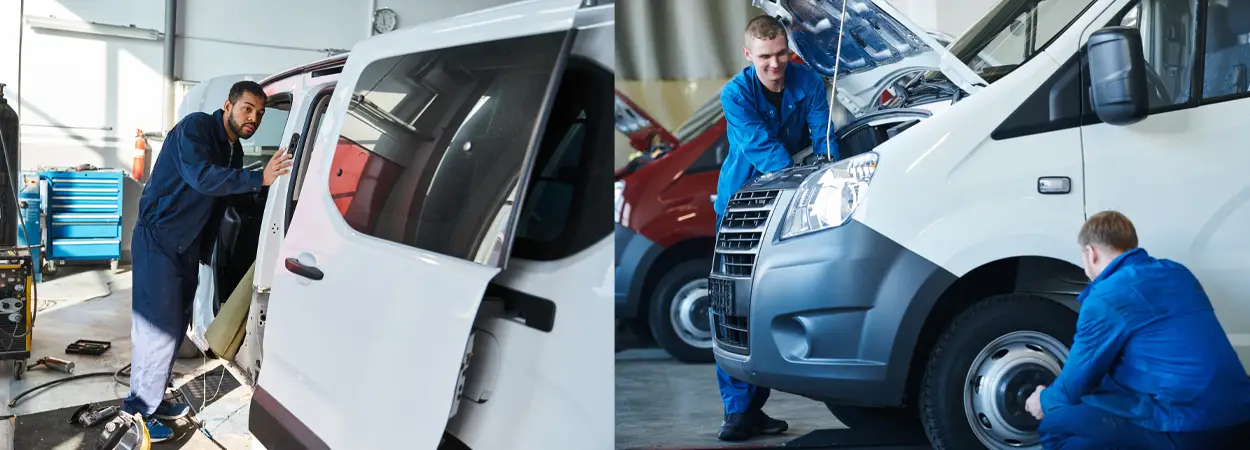
Maintaining and servicing your van during a lease is considered particularly important as doing so would help ensure your vehicle is returned at the end of the lease in an acceptable condition. For more info, see our Wear & Tear Guidelines
End-of-lease charges might be applied if equipment or accessories are not maintained or looked after as stipulated at the beginning of the van lease agreement.
However, you can avoid additional costs by looking after your vehicle carefully and one way to do this is to keep to the servicing schedule. It is worth noting that a manufacturer warranty will be responsible for covering the cost of repairs or faults that are outlined in the warranty agreement.
You can also arrange to have a maintenance and service pack as part of your lease agreement that would be reflected in the monthly payments. The provides maintenance of wear and tear, plus any services required.
After three years, your vehicle will be subject to an annual MOT to ensure it is roadworthy, while some components or parts � such as tyres and wiper blades � will require replacing when they have become worn.
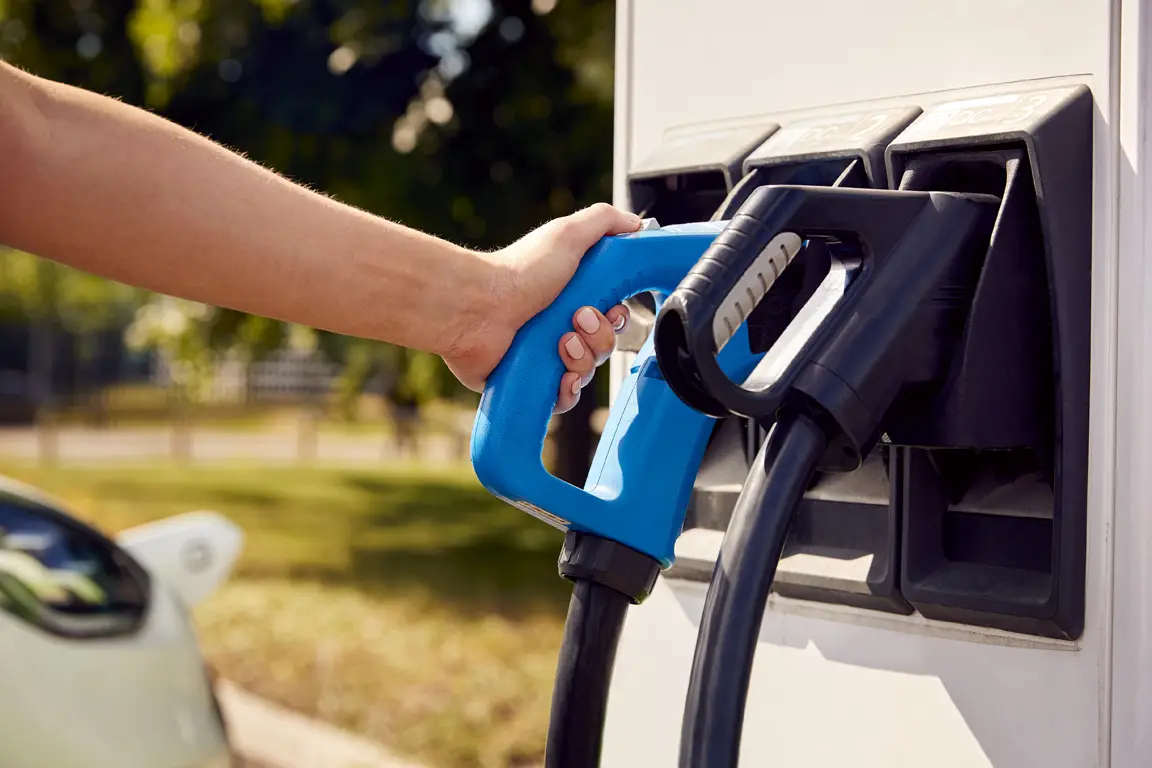
Refuelling your van will be a regular cost that will fluctuate depending on the price of fuel and your driving habits.
While most new vans are sold as diesel (and electric, see below) some still run on unleaded fuel. Diesel fuel is more expensive than unleaded fuel at the pumps but is lasts more frugally.
Your fuel costs and fuelling frequency will depend on how many miles you complete. Short trips will use less fuel than long distances, though driving in stop-start urban traffic is more prone to being less fuel efficient in terms of miles per gallon.
Be mindful of how you drive as bursts of acceleration, unnecessarily heavy loads, tyre pressures and regular stopping and starting will make a difference to how many miles you get out of each gallon.
This size of the fuel tank will also impact how much you pay at the pumps, though larger tanks will be capable of driving further.
If you happen to complete the same journeys regularly, you will be able to determine the cost of such a trip in order to better budget your fuel costs.
Clean Air or Low Emission Zones are becoming increasingly common in cities and towns across the UK as part of an effort to reduce carbon emissions and pollution in urban environments.
As such, it is dependent on the emissions your van produces whether you will be forced to pay a charge to drive in these areas. If your van does comply then no charge is needed, but it is worth noting that the limits could be tightened further as a way to encourage more drivers into electric vehicles.
There are also a number of toll roads located around the UK. The best known of these is London's Congestion Charge zone, which covers Central London, as well as the Dartford Bridge and the M6 Toll Road.
Generally, vans will be required to pay more than cars. You can visit gov.uk to find out how much each toll road charges for vans.
For emissions compliance and other running-cost questions, see How Leasing Helps Business Growth.
